Occasionally, a homeowner may come across a leaking faucet or a flickering light. As inconvenient as it may be, it's actually a normal part of any household. In many cases, such as bathroom mold, it might simply be nature taking its course. Much to our delight, these ordinary issues typically have simple household solutions. As a matter of fact, many of the fixes which we tend to postpone for days or even weeks may actually take less than five minutes. While it is common for problems around the house to occur every once in a while, solving them is important for your own convenience, safety, as well as comfort.
Sink Draining Water Too Slowly
You’re done washing your hands and you notice that it’s taking a little too much time for the water to drain. The issue is most likely a partially clogged sink. This is actually a fairly common problem resulting from a buildup of soap residue, shaving foam, and other products on the drain walls. Luckily, such an issue typically doesn’t warrant calling a plumber or going for commercial drain openers. With a few simple home remedies, you can drain the problem away in no time.
One quick fix involves pouring half a cup of baking soda into the drain and following it up with half a cup of white vinegar. Once the fizzing and bubbling start, consider blocking the drain with a rag to contain the chemical reaction; and just wait a few minutes for your household ingredients to work their wonders. Next, pour a pitcher of boiling water to drain the melted sludge away.

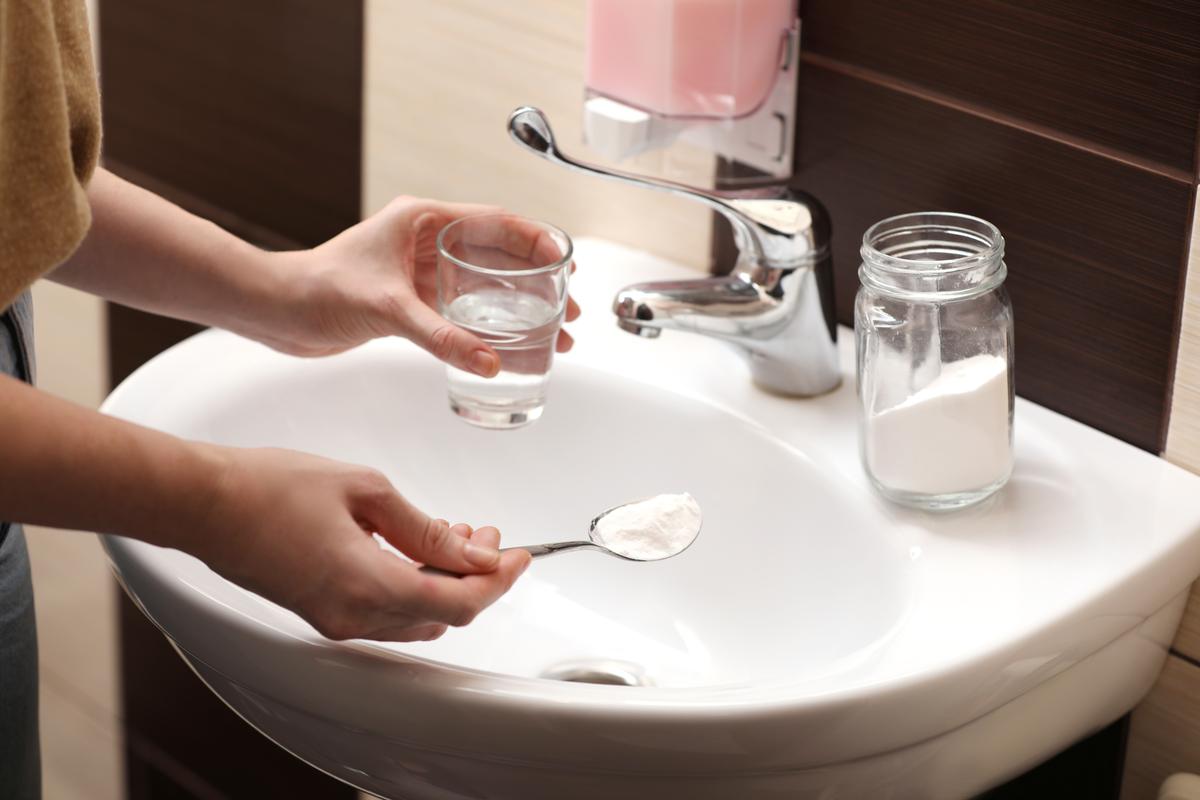
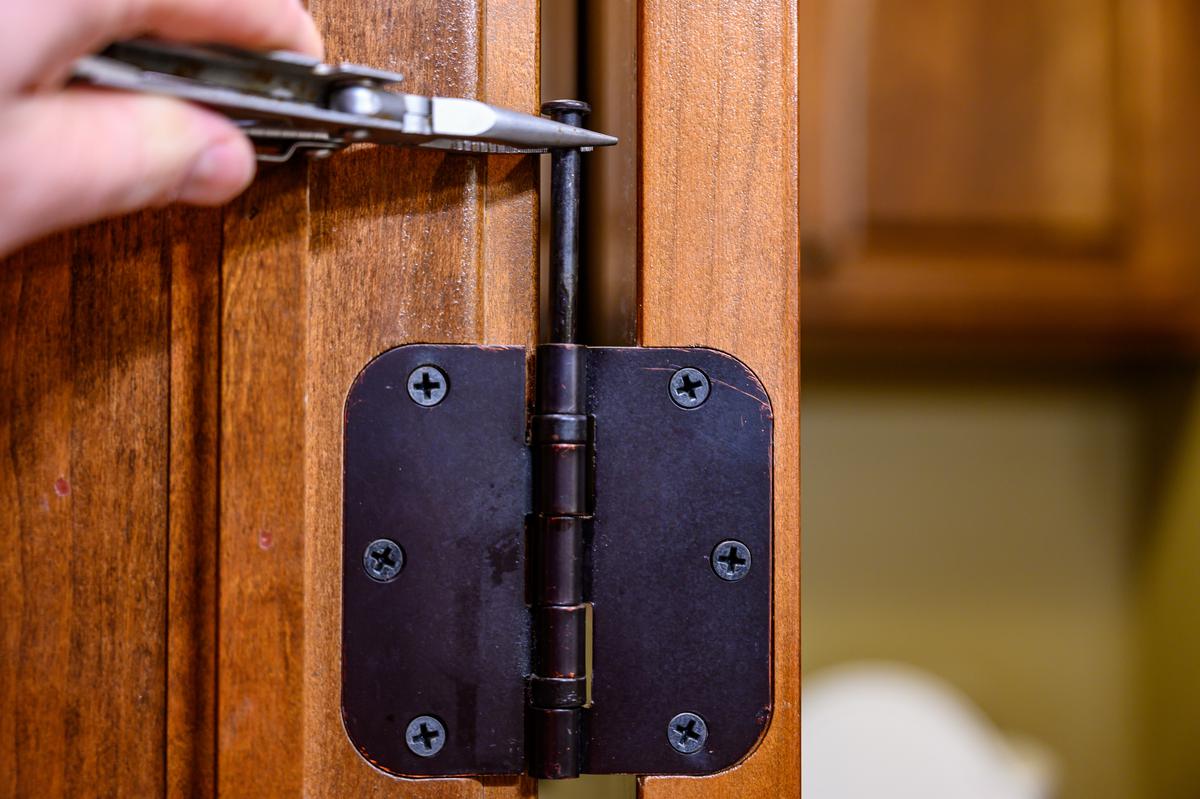
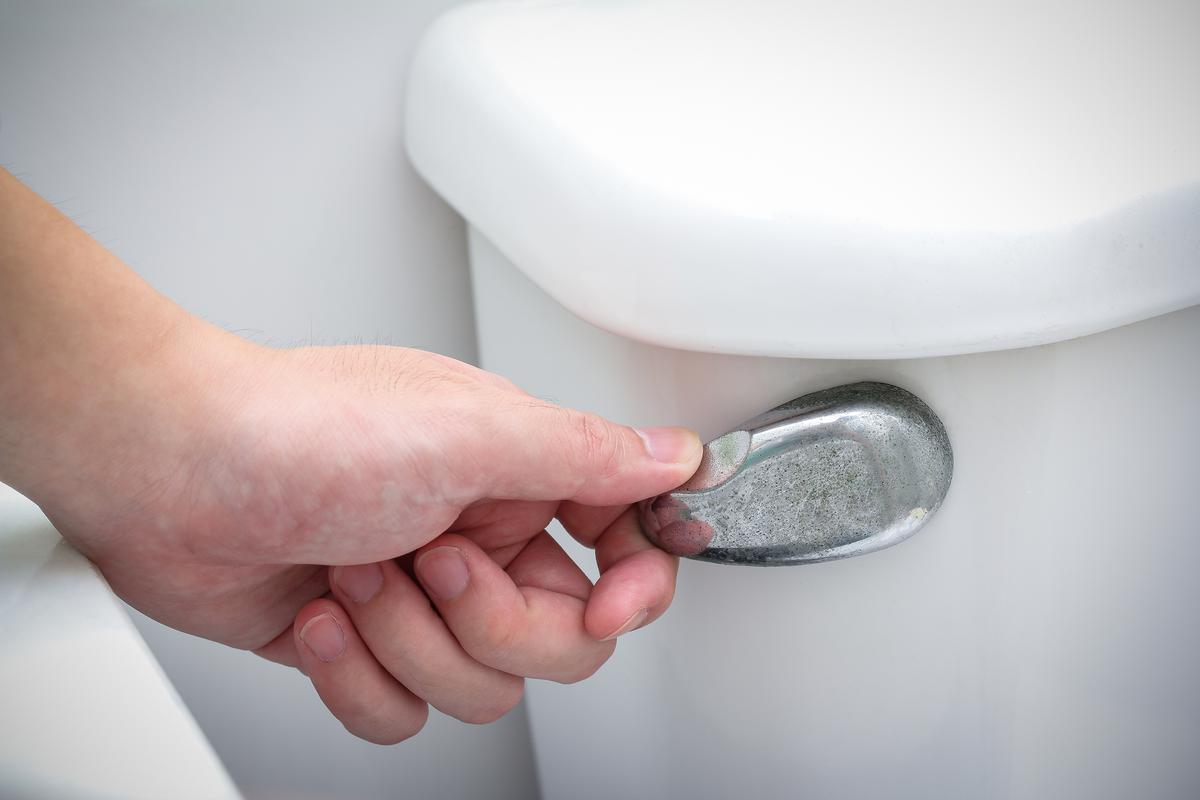

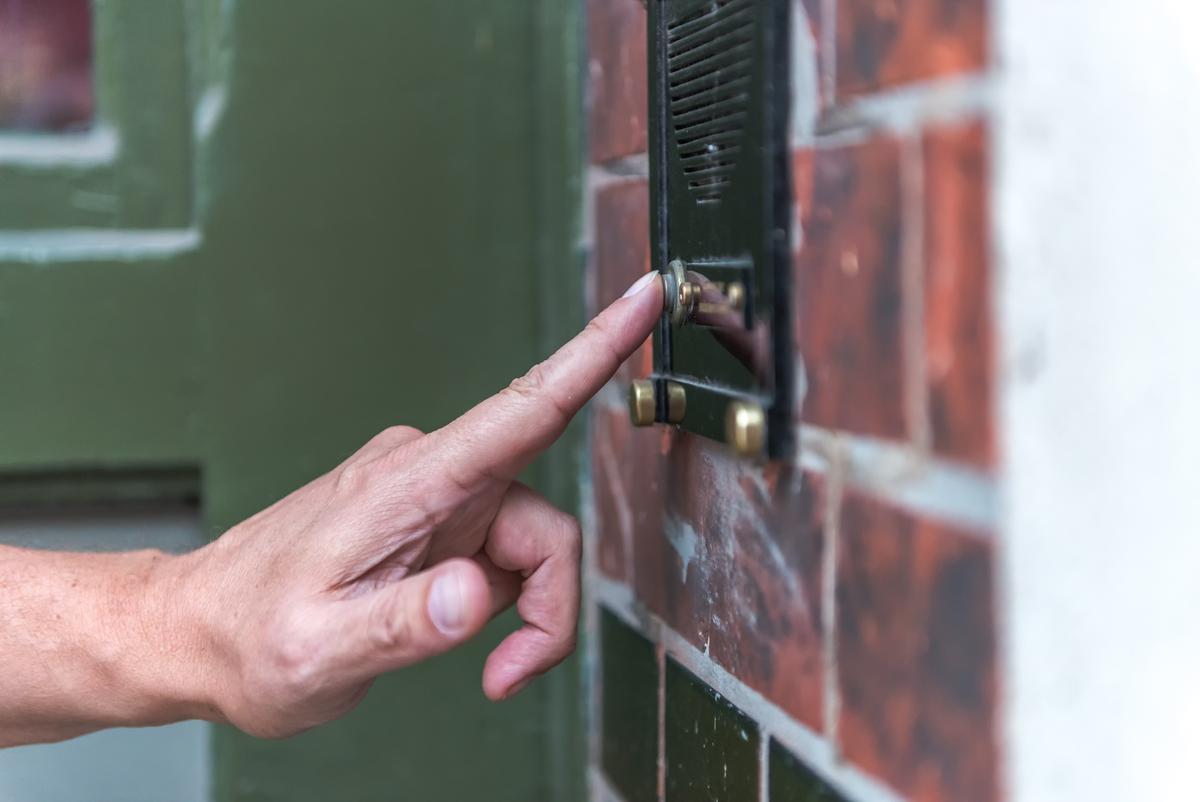
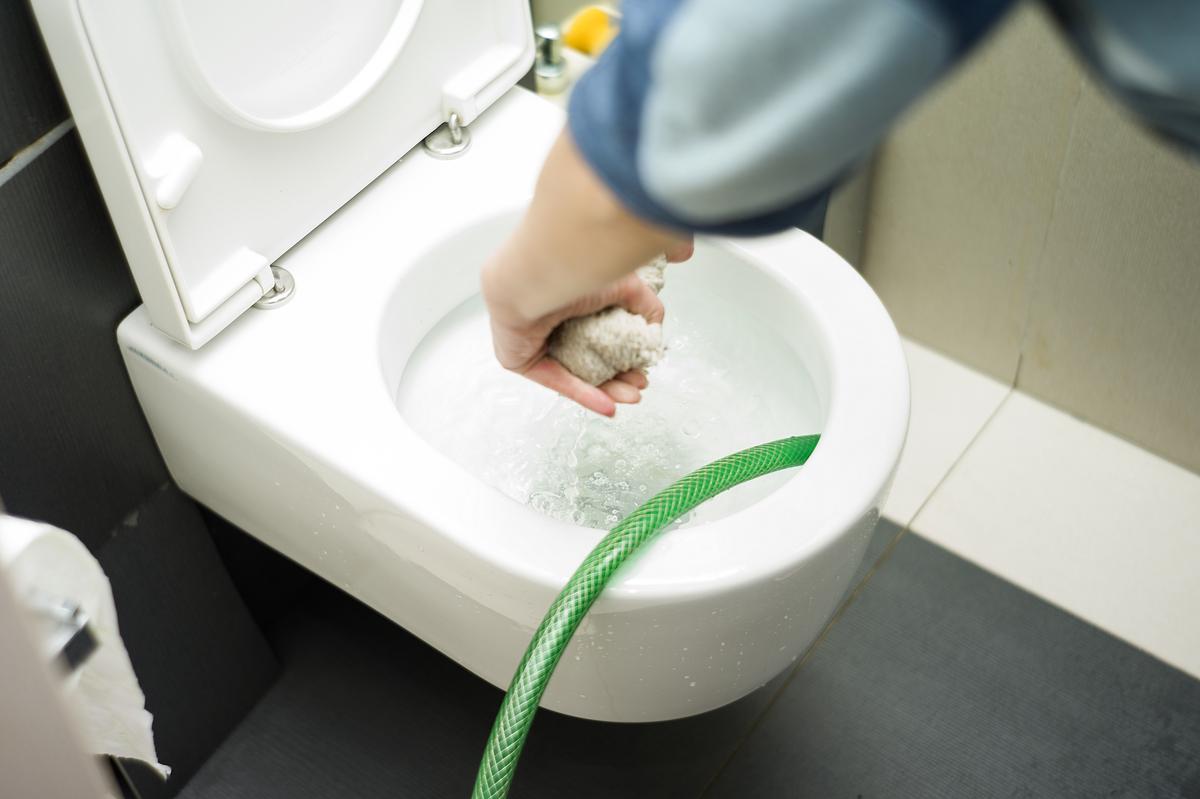
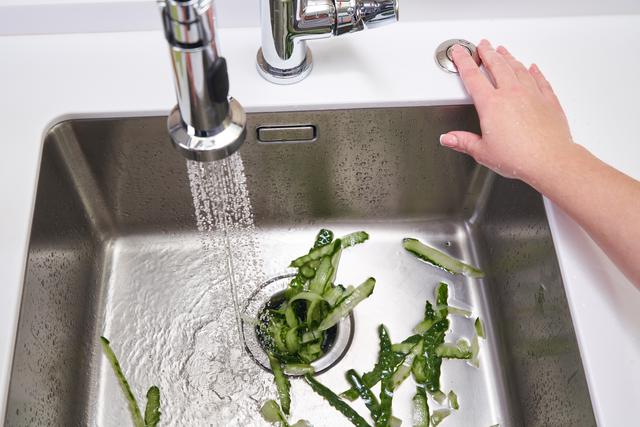



comments